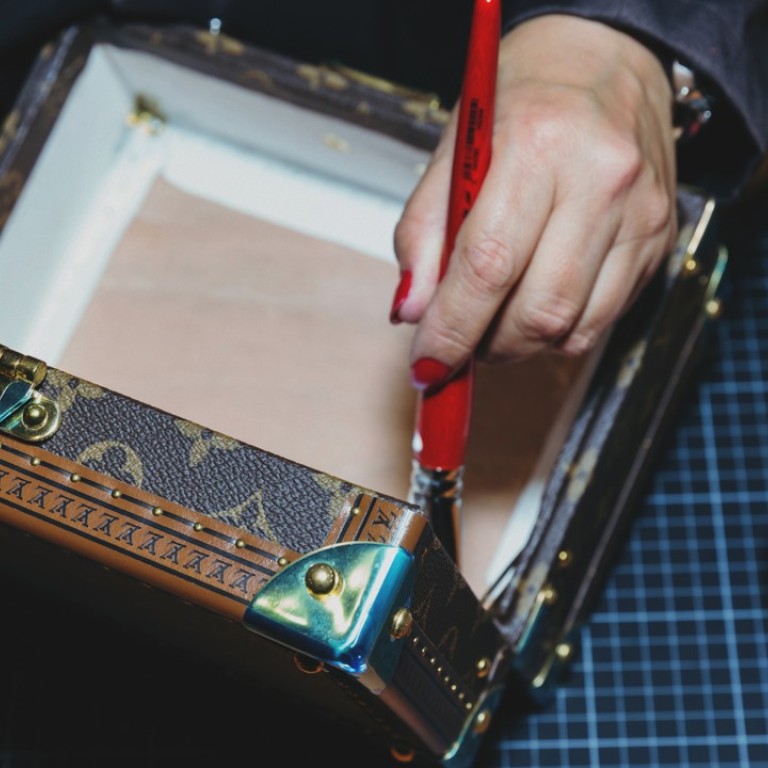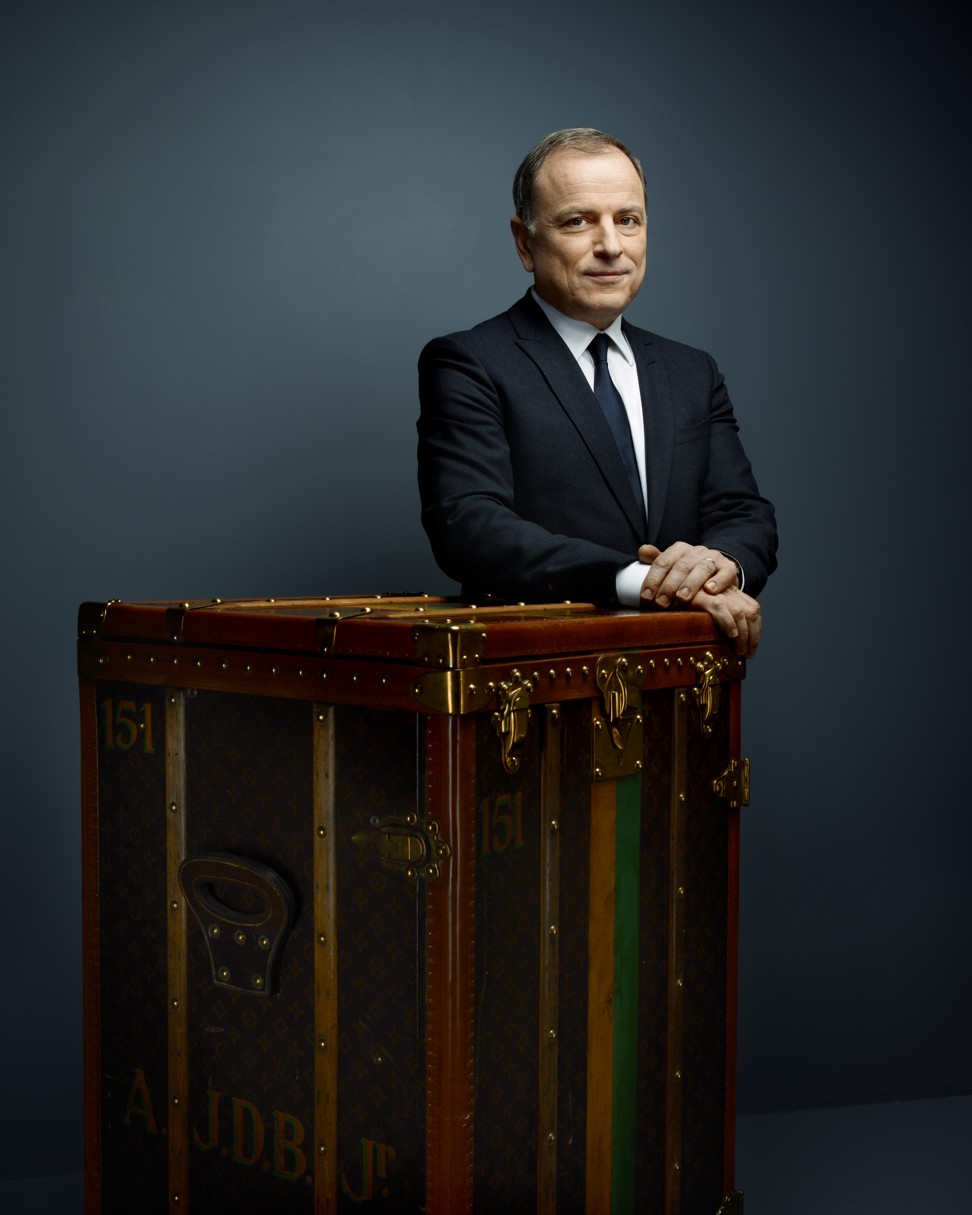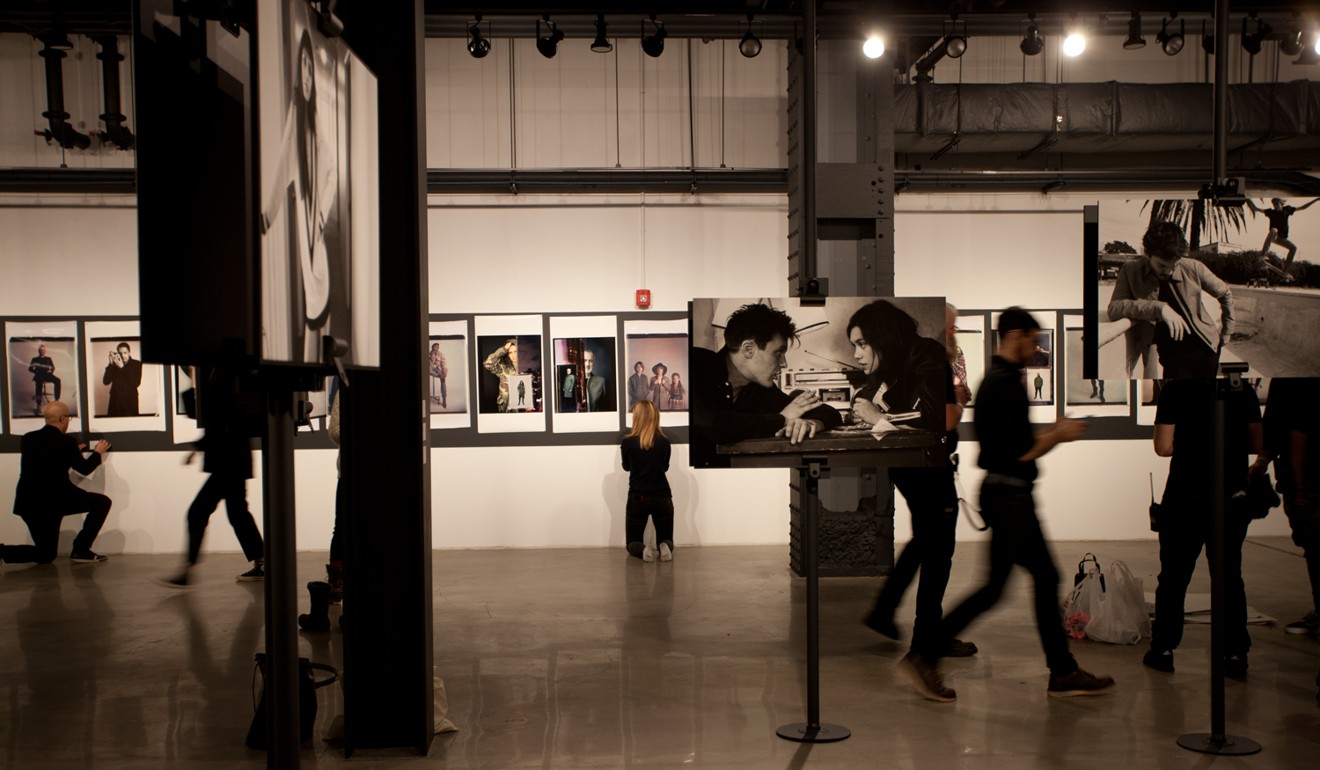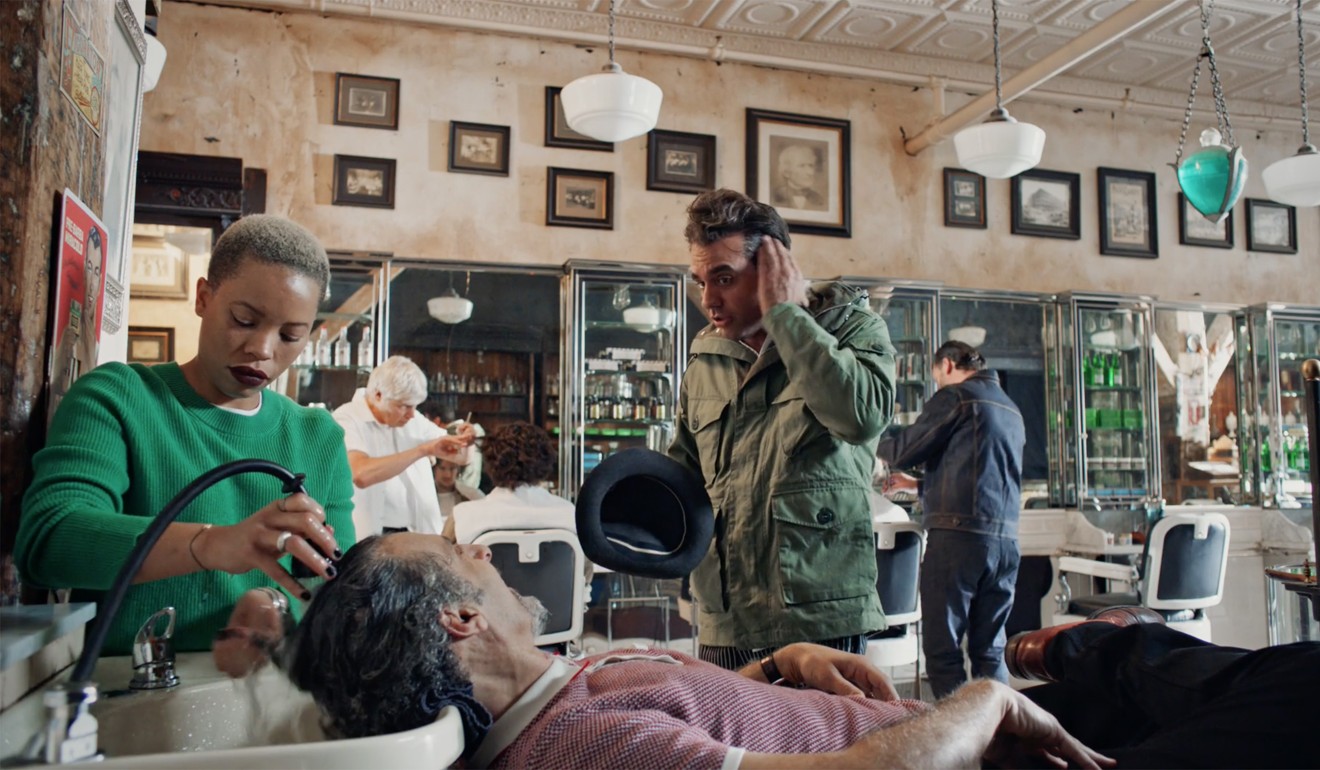
From Louis Vuitton to Rag & Bone, fashion brands are finding more analogue ways to stand out from the digital crowd
Tactile and immersive exhibitions, innovative short films, hands-on workshops – in the search for more human ways to connect with customers amid the digital deluge, fashion houses are getting creative
For Michael Burke, the charismatic chairman and chief executive of Louis Vuitton, the super-digitalised world lacks two vital ingredients: smell and touch. Speaking at the Seoul preview of Louis Vuitton’s “Volez, Voguez, Voyagez” exhibition, which highlights the house’s heritage in travel and trunk-making, Burke explains how these senses play an important role in connecting with consumers who may have become jaded by a constant digital assault.
“There’s a reason why in the first rooms [of the exhibition] you smell wood and leather – that’s very much on purpose, senses that you can’t get online,” he says. “In times like this, it’s even more important to put on exhibitions that are tactile, immersive, physical and, yes, human.”

Storytelling through exhibitions, or indeed through short films, workshops or artist collaborations, is a richer way for fashion brands to engage their audience – but is also slower and more expensive to produce. Stories have become more appealing and effective, however, as a certain numbness grows towards the fast and furious digital side of fashion. With countless images being hurled at our retinas per screen refresh and across social media, even the most striking of fashion campaigns have a tough time standing out.

That’s one reason why Louis Vuitton is investing a great deal in bricks and mortar exhibitions alongside digital development – especially in the five years since Burke has been at the helm. “Volez, Voguez, Voyagez” just opened last week in Seoul, but after its debut at the Grand Palais in Paris it has already travelled to Tokyo, and will go next to New York. Meanwhile, an LV “Time Capsule” exhibit in Hong Kong in April and May showed off archive products and curios, from classic handbags to special commissions including an LV whisky set.

One of the reasons why these exhibitions on heritage are so important today is pedagogical, Burke says. “We can’t take for granted that each generation knows the deep history about a house like Vuitton.”
Louis Vuitton’s ‘Time Capsule’ showcases the brand’s rich heritage
That’s why “Volez, Voguez, Voyagez” has rooms that show things like the family tree of founder Louis Vuitton and collections of exotic trunks by Gaston-Louis Vuitton (Louis Vuitton’s grandson) alongside how the brand made luggage and accessories for trains, planes and automobiles – creating a chronology of modern travel and how Vuitton was part of it.

But what about when you’re not a brand with a long, fruitful heritage like Vuitton? After all, there are only a handful of such. Today’s young brands face ever bigger challenges to stand out from the crowd, and are also searching for different, better ways to make their messages resonate.
One case in point is American label Rag & Bone, with British founder and chief executive Marcus Wainwright set on seriously shaking up its communications strategy.

“As a business owner, social media is a powerful communication tool and totally changed the way people see brands,” he says from his New York headquarters. “Instagram is great in some ways but there’s definitely an analogue need for humans. Personally, I don’t do [Instagram] – I hate it, it’s a waste of time.”
So instead of a heavily retouched, social media campaign featuring a Kardashian or Hadid sister, Rag & Bone funded, produced and released a short, five-and-a-half-minute film called Hair, directed by John Turturro. The film features two middle-aged men who humorously ad lib about their relationship with their hair. The rough and tumble sketch is wonderful in cinematic stylisation – featuring actor Bobby Cannavale and Turturro, it was shot by Fred Elmes at a classic barber’s shop in Williamsburg, Brooklyn. It also just debuted at the Tribeca Film Festival – surprising for a fashion film, which usually barely get a look in.
Short films have also been made by other brands. Ermenegildo Zegna did one with Robert De Niro and McCaul Lombardi talking about “defining moments” in their career and lives (whilst looking ever-so-dapper in their Zegna wear) which was directed by Francesco Carrozzini.
Prada shot both a funny psychotherapy short called A Therapy (2012), starring Helena Bonham Carter and Ben Kingsley and directed by Roman Polanski, and an eight-minute Wes Anderson film called Castello Cavalcanti (2013) starring Jason Schwartzman. More recently, Kenzo’s video ad last year for its Kenzo World perfume was an exuberant, quirky dance video.
These videos all feel like small coups of cool, innovative brand building. Featuring genuine talent but so off-piste from regular fashion communications, they come off like an in-joke between the label and its fans. And, as fashion head Wainwright says, Hair has “authenticity” and “relatability” – two words of great importance in communicating his brand today.

Other brands are also shaking up their communications. Jeweller Van Cleef & Arpels did a series of gemstone and fine jewellery workshops in Hong Kong last year for VIP clients and media. Gucci has put on art exhibitions, such as “No Longer/Not Yet”, a 2015 collaboration with Chinese contemporary artists at the Minsheng Art Museum in Shanghai; it has also worked with hip, young artists like Trevor Andrews and Coco Capitán, bringing more focus on cultural, experiential ways to engage young consumers.

To put this industry shift into another context, think of the small but growing American slow food revolution in the middle of a fast food nation. As a brand like Louis Vuitton shows, there’s much to mine in a heritage house with such a rich archive; Rag & Bone’s strategy, meanwhile, illustrates that it’s not just heritage or luxury brands taking heed.
I’m not sure if I will do a [fashion] show again – for us it doesn’t seem to work any more
With so much rapid industry change, fashion brands from across the industry spectrum are questioning why they should follow established paths. Wainwright, for one, thinks that there’s enough uncertainty in the air to make major changes to parts of his business model. That’s why Rag & Bone stopped doing runway shows at New York Fashion Week; instead, to celebrate the brand’s 15th anniversary, it put on an exhibition of huge Polaroids featuring more than 70 “friends of the brand” (ranging from Thom Yorke of Radiohead to Tali Lennox) dressed in clothes they liked from Rag & Bone’s new autumn/winter 2017 collection.

Louis Vuitton unveils newly renovated Canton Road flagship store
Commercially, Wainwright estimates that the brand received US$2 million to US$3 million worth of content from the photo exhibition – proof of value in physical exhibitions and doing things a new way.

“I’m not sure if I will do a [fashion] show again – for us it doesn’t seem to work any more,” Wainwright says. “I’m not sure about what’s going on with the fashion system at the moment. This was a bit of a reaction to what’s going on, and to do a [runway] show just felt wrong for us.
“We’ve always loved creating these kind of DIY portraiture pictures … This ‘analogue’ project was a subversion, a big f*** you to those kinds of [more fleeting, digital] things. By using Polaroids and cutting up some images, you couldn’t get more pure and human in terms of photography … It’s the ultra opposite of Instagram or these disposable images made up of megabytes.”

